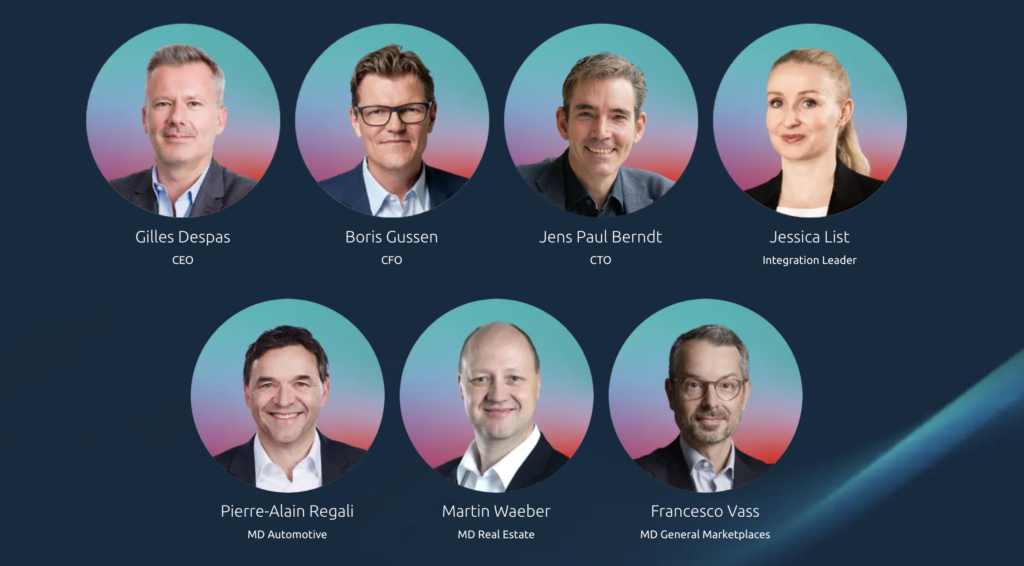Die Angebotsmieten in der Schweiz sind auch im Juli weiter gestiegen, konkret um 0.5 Prozent gegenüber Vormonat. Während sie bei regionaler Betrachtung in einem monatlich vergleichbaren Rahmen schwanken, fällt insbesondere die Anstiegspause im Kanton und der Stadt Zürich auf. Mit Blick auf das Vorjahr weisen beide jedoch deutliche Zunahmen auf. Dies zeigen die aktuellen Zahlen vom Homegate-Mietindex.
Der Homegate-Mietindex für Angebotsmieten wird vom Immobilienmarktplatz Homegate in Zusammenarbeit mit der Zürcher Kantonalbank (ZKB) erhoben. Er misst die monatliche, qualitätsbereinigte Veränderung der Mietpreise für neue und wieder zu vermietende Wohnungen anhand der aktuellen Marktangebote. Gegenüber dem Vormonat hat sich der Index im Juli um 0.6 Punkte erhöht und steht nun bei 122.4 Punkten (plus 0.5 Prozent). Gegenüber dem Vorjahr sind die Angebotsmieten schweizweit um 4 Prozent gestiegen.
Veränderung in den Kantonen
Zusammengefasst zeigen sich bei den Angebotsmieten im Juli einerseits leichte, breit verteilte Zunahmen sowie andererseits wenige, dafür deutliche Rückgänge. Am stärksten gestiegen sind die Angebotsmieten gegenüber dem Vormonat in den Kantonen Basel-Stadt, St. Gallen und Waadt um je 0.8 Prozent. Somit ergibt sich – anders als in den meisten Vormonaten – für keinen Kanton ein Anstieg von über einem Prozent. Auffällig ist in diesem Zusammenhang zugleich, dass die Angebotsmieten im Kanton Zürich (plus 0.2 Prozent) mit einem Anstieg unter dem nationalen Wert pausieren. In die andere Richtung weisen hingegen lediglich sechs Kantone eine Abnahme der Angebotsmieten auf, allen voran die Kantone Schwyz (1.9 Prozent) und Graubünden (1.3 Prozent). Gegenüber dem Vorjahr sind die Angebotsmieten indes flächendeckend gestiegen, so auch in Zürich um 6.1 Prozent. Und auch der Kanton Schwyz zeigt einen deutlichen Anstieg über das letzte Jahr (6.4 Prozent).
Veränderung in den Städten
Bei den untersuchten Schweizer Städten fällt ebenfalls auf, dass sich die Angebotsmieten für die Stadt Zürich im Juli nicht verändert haben. Gleichwohl sind sie gegenüber dem Vorjahr um 10.1 Prozent deutlich gestiegen. Auch in den restlichen untersuchten Städten ergeben sich gegenüber Juli 2022 Zunahmen der Angebotsmieten zwischen 2.2 Prozent (Luzern) und 7.8 Prozent (Lugano). Im Monat Juli dieses Jahres sind die angebotenen Mieten mit Ausnahme der Stadt Zürich ebenfalls überall gestiegen, am meisten in Luzern (1.7 Prozent) und St. Gallen ( 1.2 Prozent).
Methode der Qualitätsbereinigung
Die Entwicklung der Angebotsmieten in der Schweiz wird um die unterschiedliche Qualität, Lage und Grösse der Wohnungen bereinigt. Der Vorteil dieser sogenannten hedonischen Methode liegt darin, dass die wirkliche Mietpreisentwicklung für neue und wieder zu vermietende Wohnungen auf Homegate abgebildet wird. Der Homegate-Mietindex ist der älteste qualitätsbereinigte Mietpreisindex der Schweiz und gilt als Referenzquelle für Immobilienprofis für die Preisbestimmung von Mietobjekten.
Die Daten für alle Kantone und Städte seit Erhebungsbeginn finden Sie in der neuesten Meldung im News-Bereich der SMG Swiss Marketplace Group AG. Der nächste Homegate-Mietindex erscheint voraussichtlich am 14. September 2023.

Fabian Korn
Communications Manager

